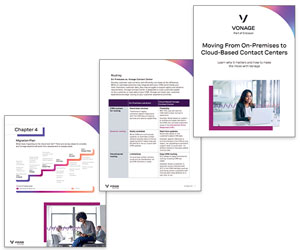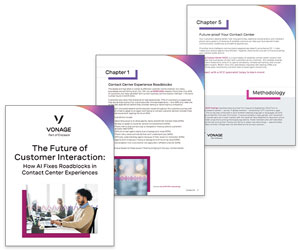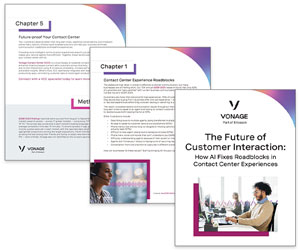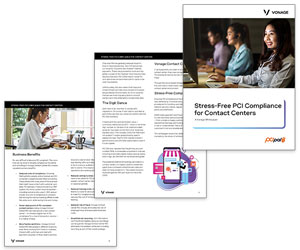IVR (Interactive Voice Response) systems are a key part of customer interactions, as they guide callers, provide information, and help streamline customer service.
The voice behind these messages plays a crucial role in shaping the customer experience.
A clear, professional, and engaging IVR voice can make interactions smoother, while a poor-quality recording can frustrate callers.
So, who should record your IVR messages?
To find out, we asked Tom Baker, Senior Product Manager at Vonage, to explain the options contact centres have.
Video: Who Should Record IVR Messages?
Watch the video below to hear Tom explore who should record IVR messages:
With thanks to Tom Baker, Senior Product Manager at Vonage, for contributing to this video.
Exploring Your IVR Recording Options
When setting up IVR (Interactive Voice Response) messages, businesses have three main options:
- Using internal team members
- Hiring professional voice actors
- Leveraging text-to-speech technology
Each approach has its own advantages and drawbacks:
1. Using Internal Team Members
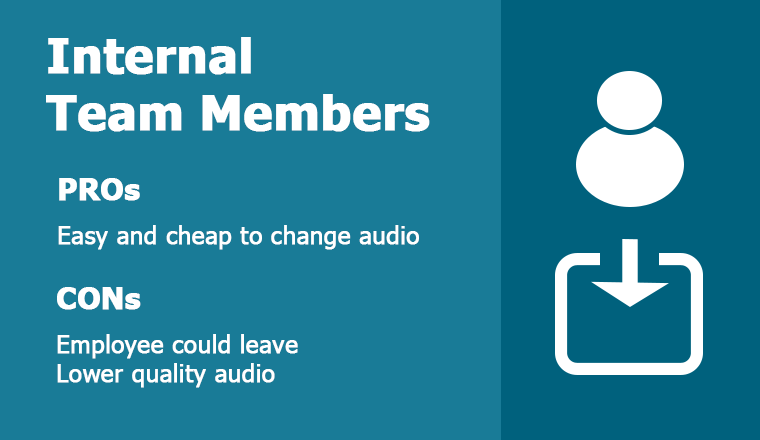
Many contact centres choose to record IVR messages in-house, often relying on employees from the contact centre or marketing team.
“You can use internal team members, typically people within the contact centre or marketing department are normally the people who would do it.
And say, right, okay, you are now the voice of the business, and if you’ve got someone who’s got a voice that you really like and you think is going to represent the business really well, you can get them to record messages.
Generally, not always, but generally, the quality of in-house recorded messages will be lower than those of professionally recorded messages, but they will have a nice human charm to them, which is great. They are also significantly cheaper.”
This can be a cost-effective option, and an internal voice can add authenticity and warmth to the customer experience.
However, the quality of in-house recordings may not match professional standards, and consistency can be a challenge.
“The key team member with the fantastic voice who is representing your company within your contact centre, within your marketing team, wherever, they could get an offer, and they could leave.
So, you are potentially going to need to consider what to do if you have to replace all of your audio and if you replace it in-house, there’s a significantly lower cost versus replacing it externally.”
Although, one key benefit is flexibility—updates and changes to messages can be made quickly without external dependencies.
2. Hiring Professional Voice Actors
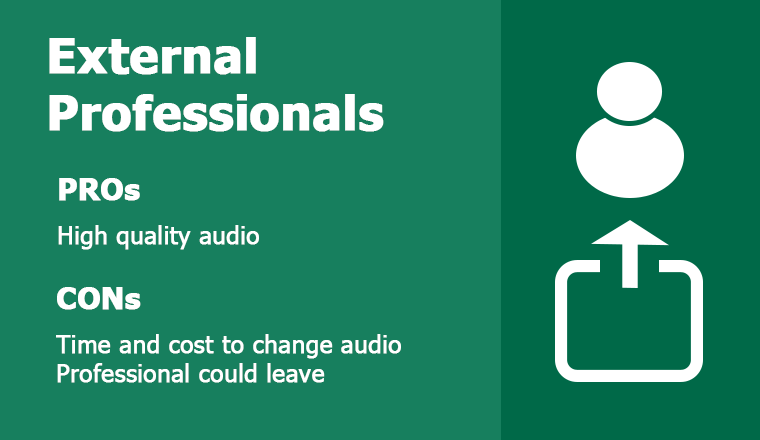
Using professional voice talent ensures high-quality recordings that reflect a polished, consistent brand voice.
“If you go to professional voice actors, you have the advantage that you know you’re going to get very high-quality audio, but you’re going to have to pay for it. It’s going to be an outsourced service that you will be charged for.
For both of those, there are pros and cons. For in-house recording, it makes it very easy for you to change the audio. For professional audio, there’s likely to be a lead time.
So if you need new audio on very short time frames, you generally don’t do it with professional audio because you’re going to need to get your voice actor, the one that you’ve selected, and then you’re going to have to pay for it, and that takes time.
The other thing that you have to bear in mind with both of those solutions is that these people could leave. The professional voice actor that is the voice of your company could leave the outsourced voice talent company that you’re currently subcontracting to.”
However, this approach comes at a higher cost, and updates can take longer due to scheduling and production time.
Additionally, contact centres need to consider continuity. If the chosen voice actor leaves the service provider or becomes unavailable, re-recording all IVR messages with a new voice may be necessary, which can be both time-consuming and costly.
3. Using Text-to-Speech Technology
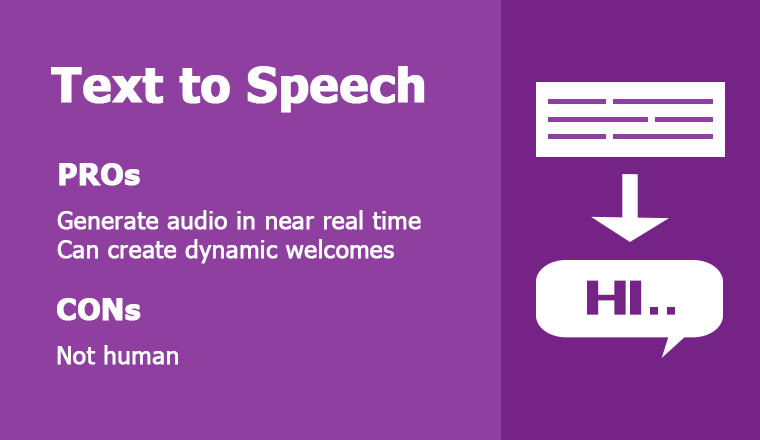
Advancements in text-to-speech (TTS) engines have made them a viable option for generating IVR messages quickly and dynamically.
“Text to speech engines have been getting a lot better. The advantages to them are that you can generate audio now in near real time. If you want to display dynamic welcomes to your caller in your IVR.
For example: Hi Tom, welcome to Bob’s Company. It’s great to see you again. Do you want to speak to the person you spoke to last time? Hypothetical Steve.
You can do that kind of thing with a speech to text engine. The problem is that it is still noticeably not human.
They’re getting a lot more humanlike, but they are obviously not human, and some people don’t want their companies represented by that kind of experience, which is perfectly fair.”
Contact centres can now create real-time, personalised messages, such as greeting customers by name or referencing their previous interactions.
However, despite improvements, TTS voices still lack the natural warmth and human-like intonation of a real person.
Some companies may feel that synthetic voices don’t align with their brand identity or customer expectations.
Choosing the Right Option
The best choice depends on budget, brand identity, and the need for flexibility. Internal recordings offer authenticity and quick turnaround, professional voice actors deliver premium quality, and TTS provides dynamic, scalable solutions.
Contact centres must weigh these factors to determine which approach best suits their IVR needs.
If you are looking for more great insights from the experts, check out these next:
- Key Steps to Design for Sentiment
- Defining a Customer Experience (CX) Code
- Two Types of Team Player
- The Difference Between WFM, WFO and WEM
Author: Robyn Coppell
Reviewed by: Robyn Coppell
Published On: 4th Oct 2022 - Last modified: 25th Sep 2025
Read more about - Video, IVR Solutions, Tom Baker, Videos, Vonage











